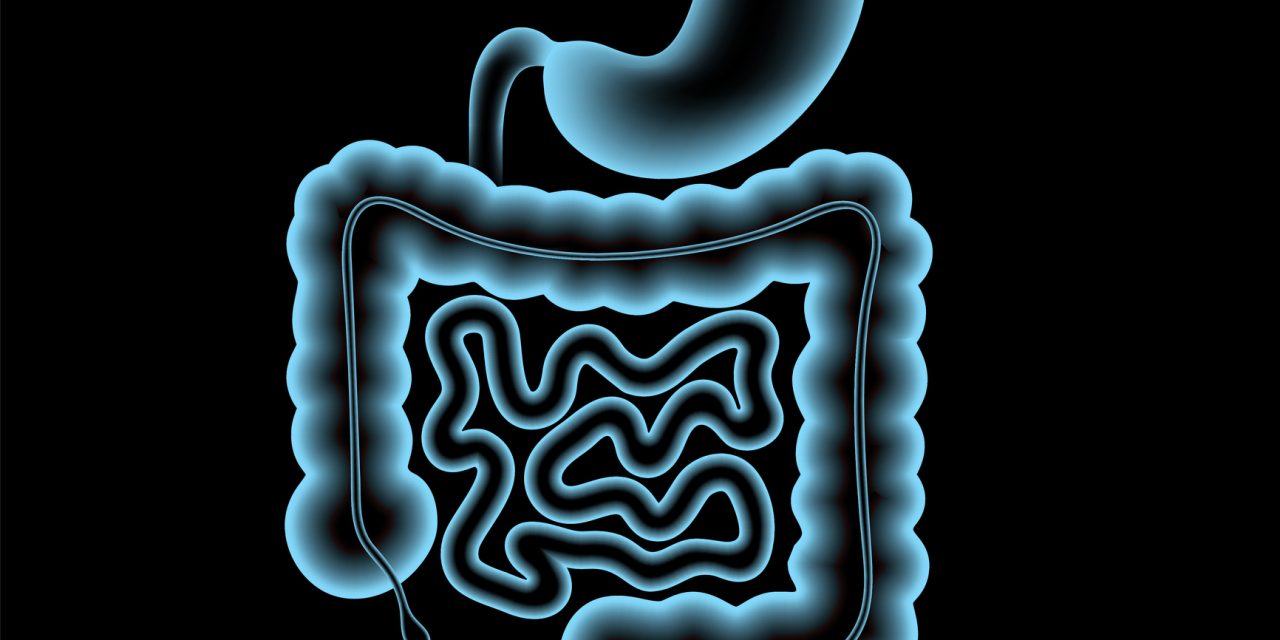Studies comparing the incidence of reflux esophagitis (RE) and patients’ quality of life (QoL) when using circular stapler (CS) and linear stapler (LS) in esophagojejunostomy (EJS) after laparoscopic total gastrectomy (LTG) are rare, and certainly there are not enough to make a definitive decision on best practice. Presented herein is a study on the comparison of the short-term outcomes, QoL of the patients with the focus on the incidence of RE after both linear and circular stapling in LTG.
From January 2014 to October 2018, 120 patients were analyzed; of these, 42 patients underwent laparoscopy-assisted total gastrectomy (LATG) with CS (CS group) and 78 patients who underwent totally laparoscopic total gastrectomy (TLTG) with LS (LS group). We examined the results obtained in terms of perioperative outcomes, reflux-related assessments (GerdQ questionnaire and endoscopy findings with all cases; 24-h pH monitoring with limited cases), and EORTC QLQ-C30 and QLQ-STO22. In addition, questionnaires were also supplied to patients and the results were recorded.
The incidence of anastomotic stenosis (7.1% vs. 0; P < 0.05) and the median intraoperative blood loss (180.0 vs. 100.0 mL; P 7 (in limited cases) (P > 0.05). In the EORTC QLQ-C30 and QLQ-STO22, it was noted that the score of constipation [0 (0, 0) vs. 0 (0, 33.3); P = 0.028] and postoperative dysphagia [0 (0, 0) vs. 0 (0, 22.2); P = 0.046] of the LS group in a 1-year follow-up were lower than the CS group.
TLTG with LS generated better results than LATG with CS in terms of the incidence of anastomotic stenosis, intraoperative blood loss, and postoperative constipation and dysphagia. Furthermore, when compared with circular stapling, linear stapling in EJS did not increase the incidence of RE assessed by the QLQ-STO22 reflux scale, the GerdQ scores, endoscopy (in all cases), or the percent time of pH > 7 (in limited cases).
Short-Term and Quality of Life Outcomes of Patients Using Linear or Circular Stapling in Esophagojejunostomy after Laparoscopic Total Gastrectomy.


